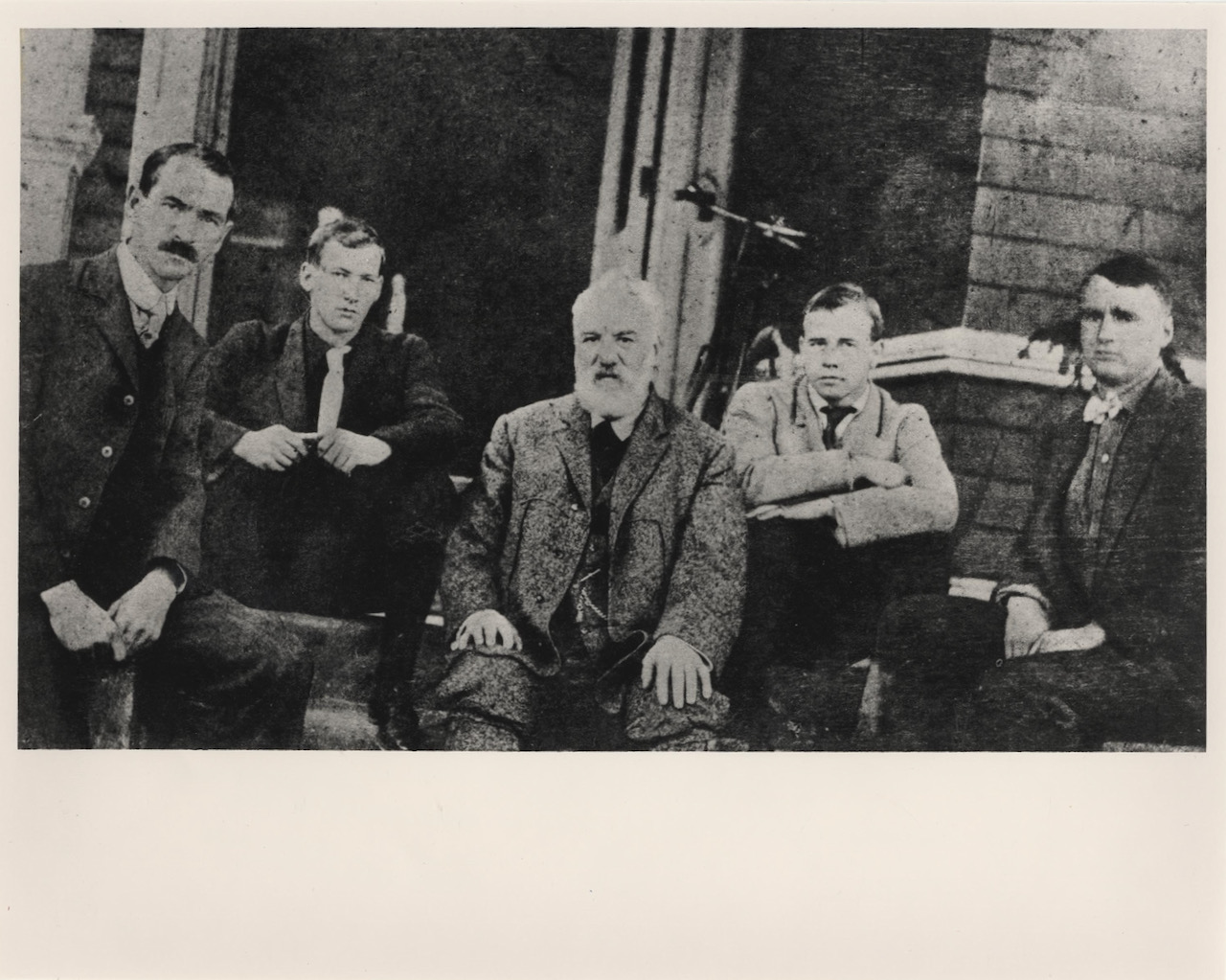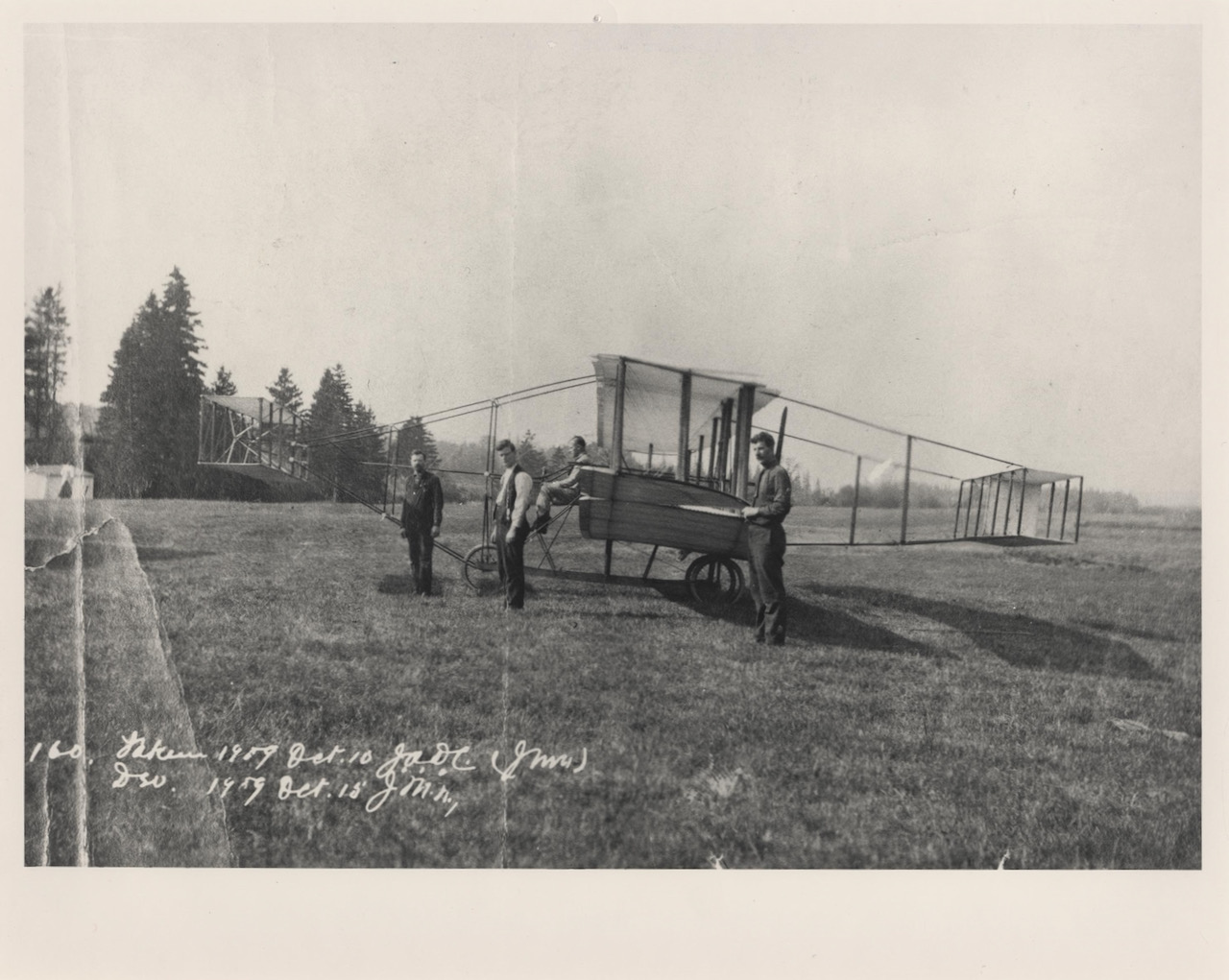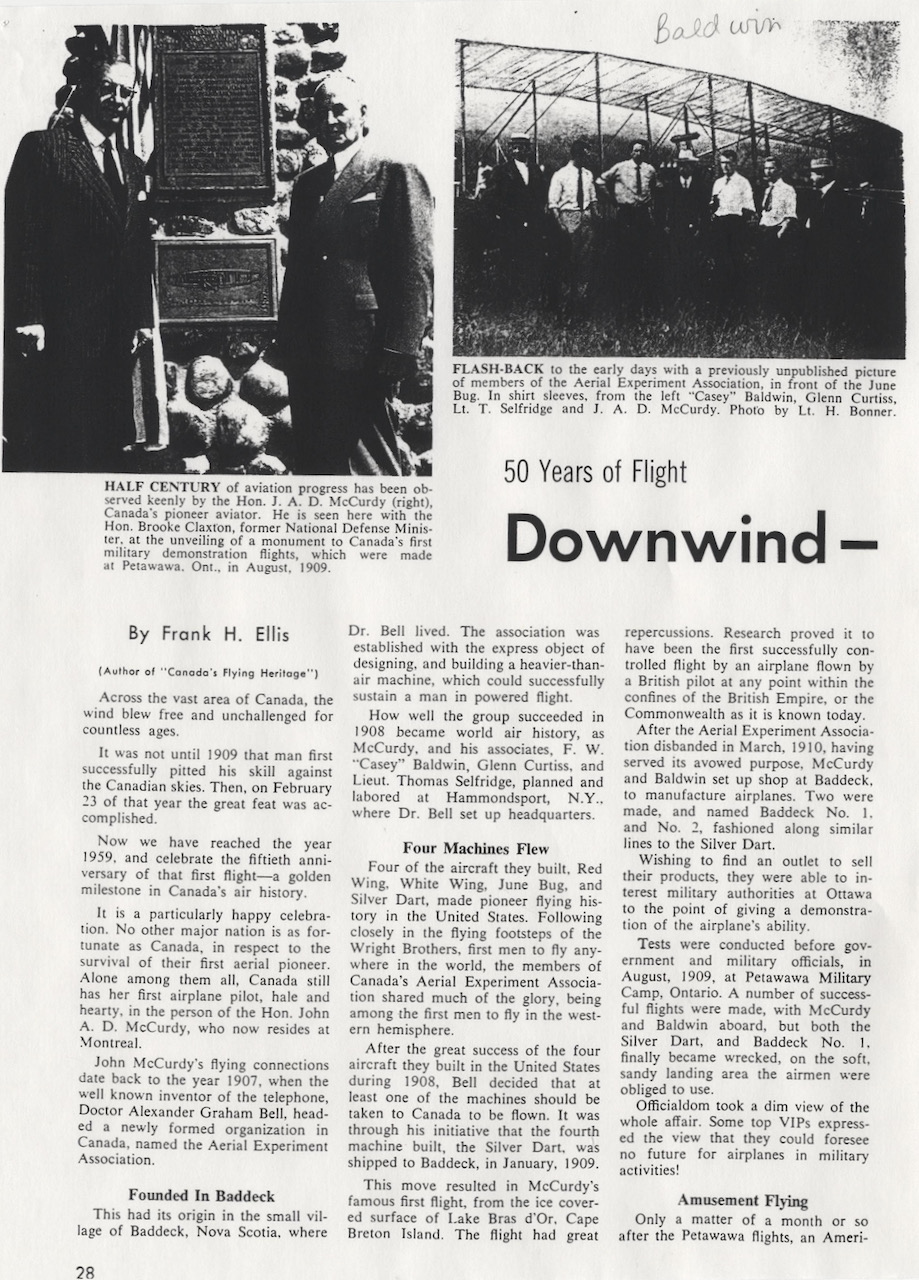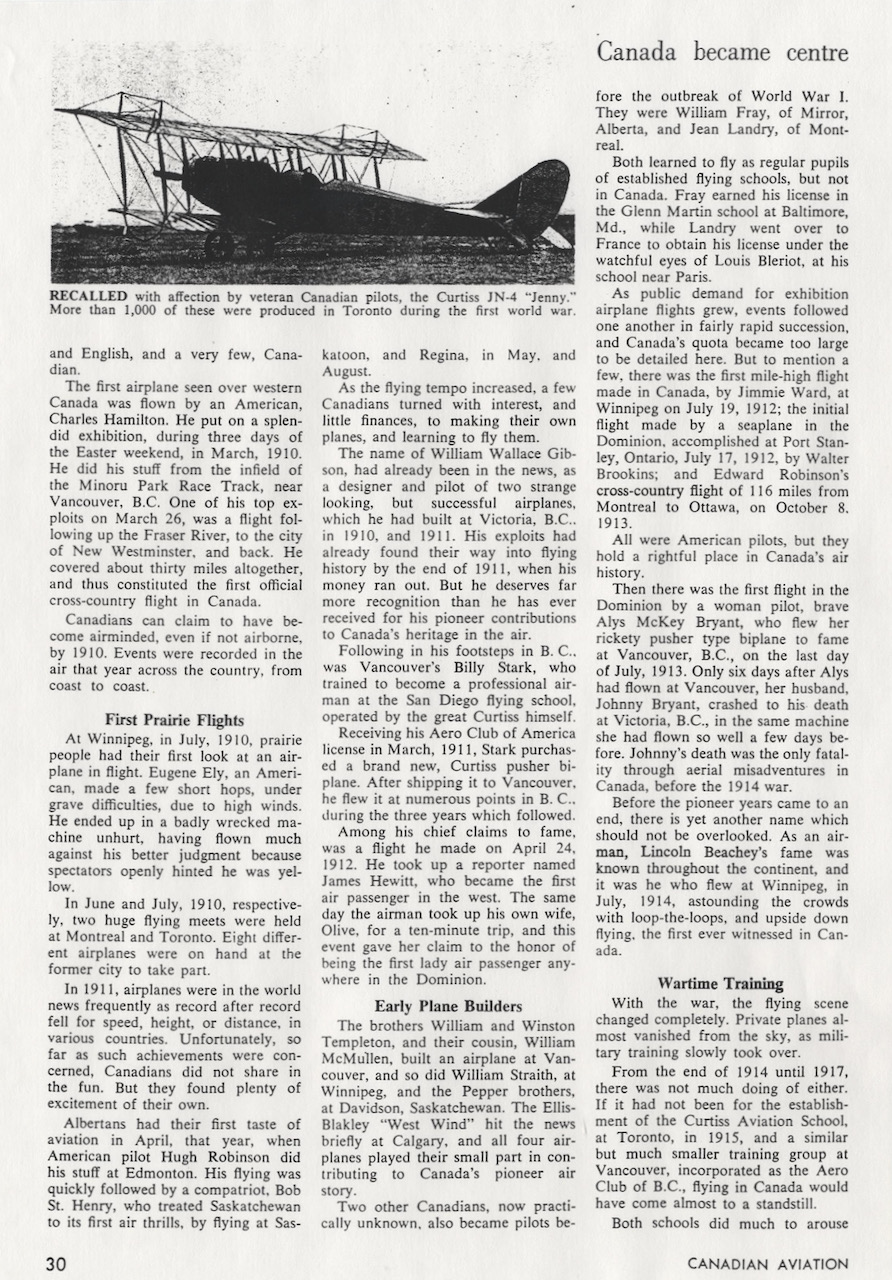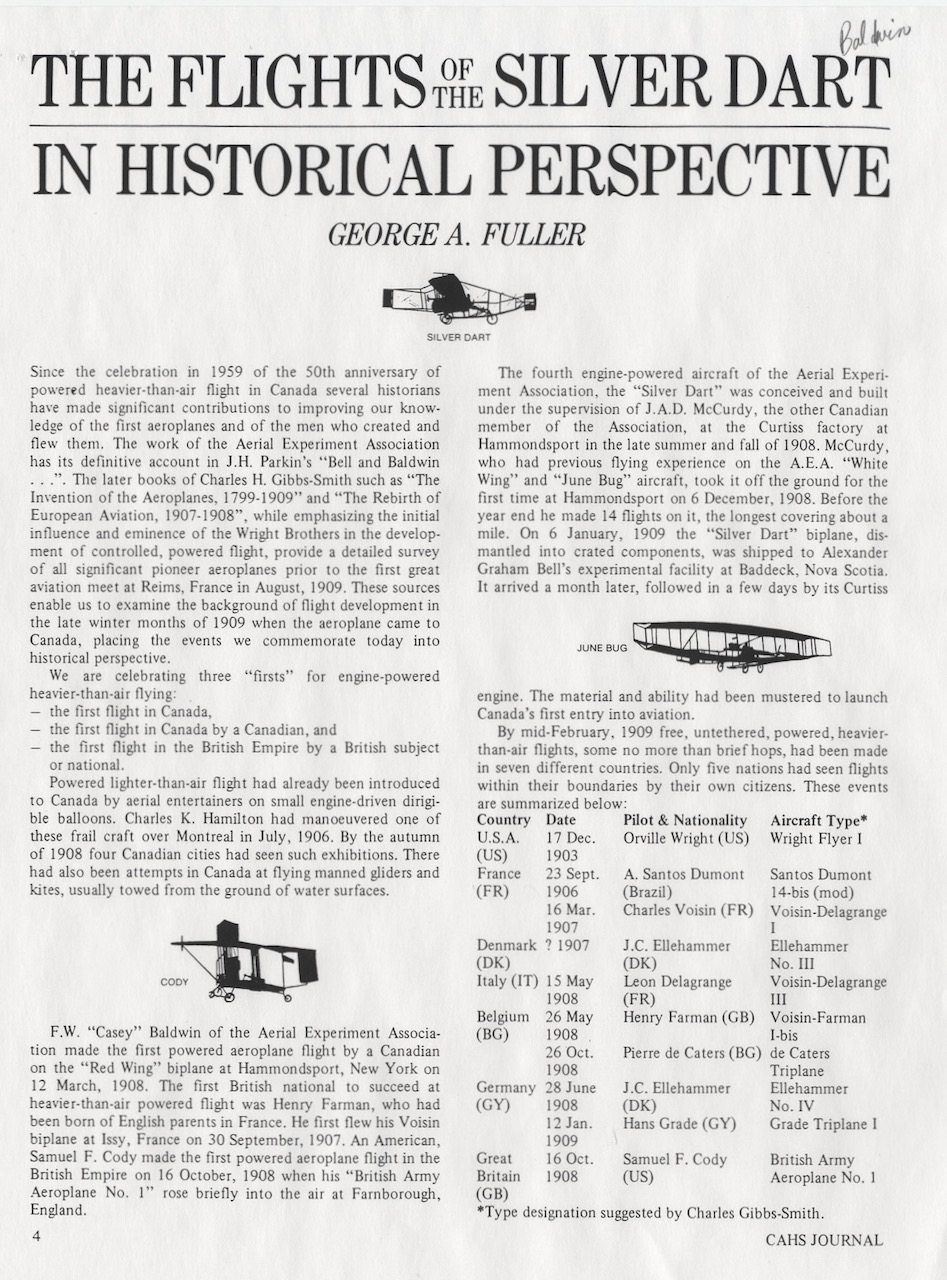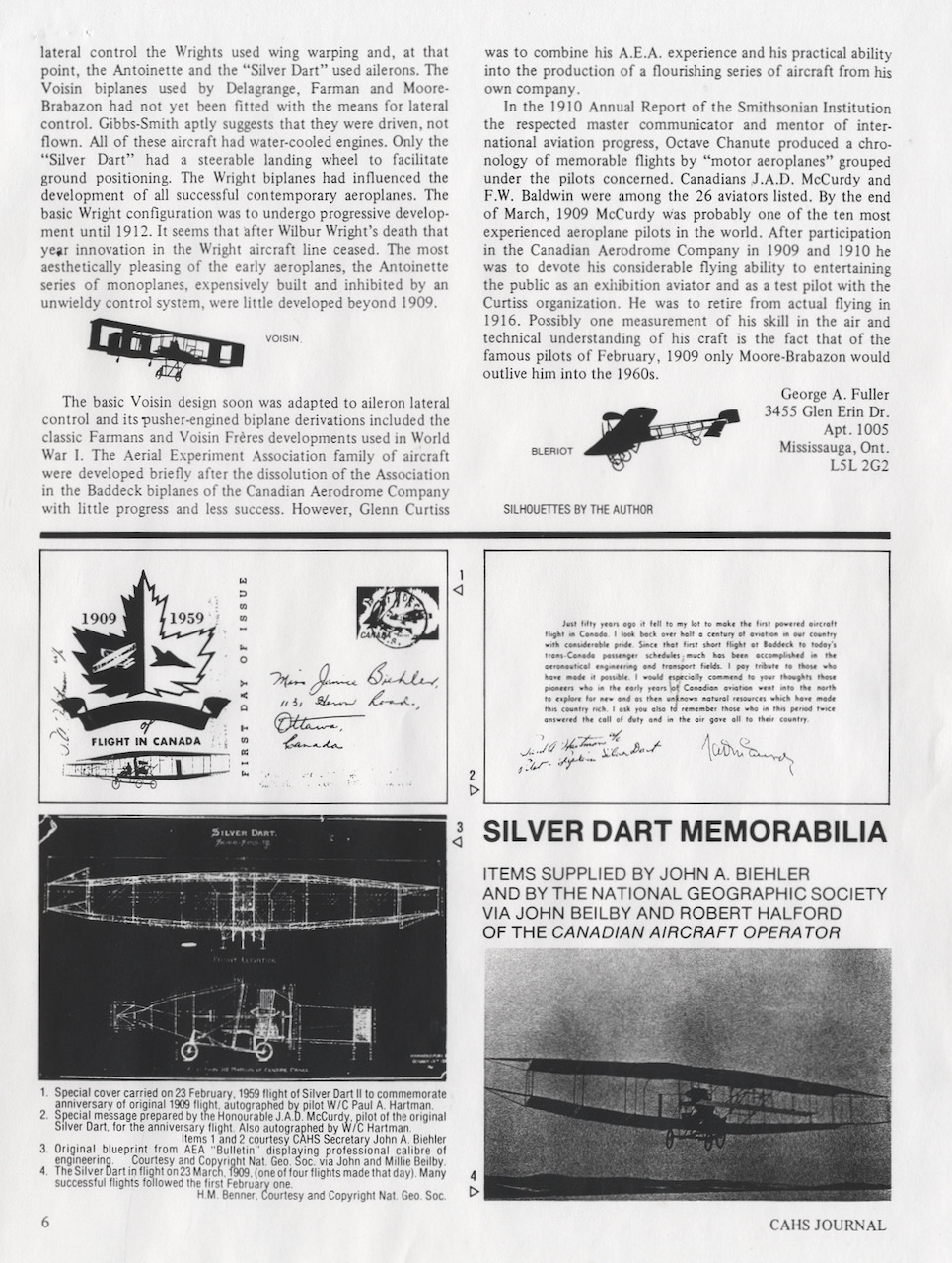Frederick Walker Baldwin
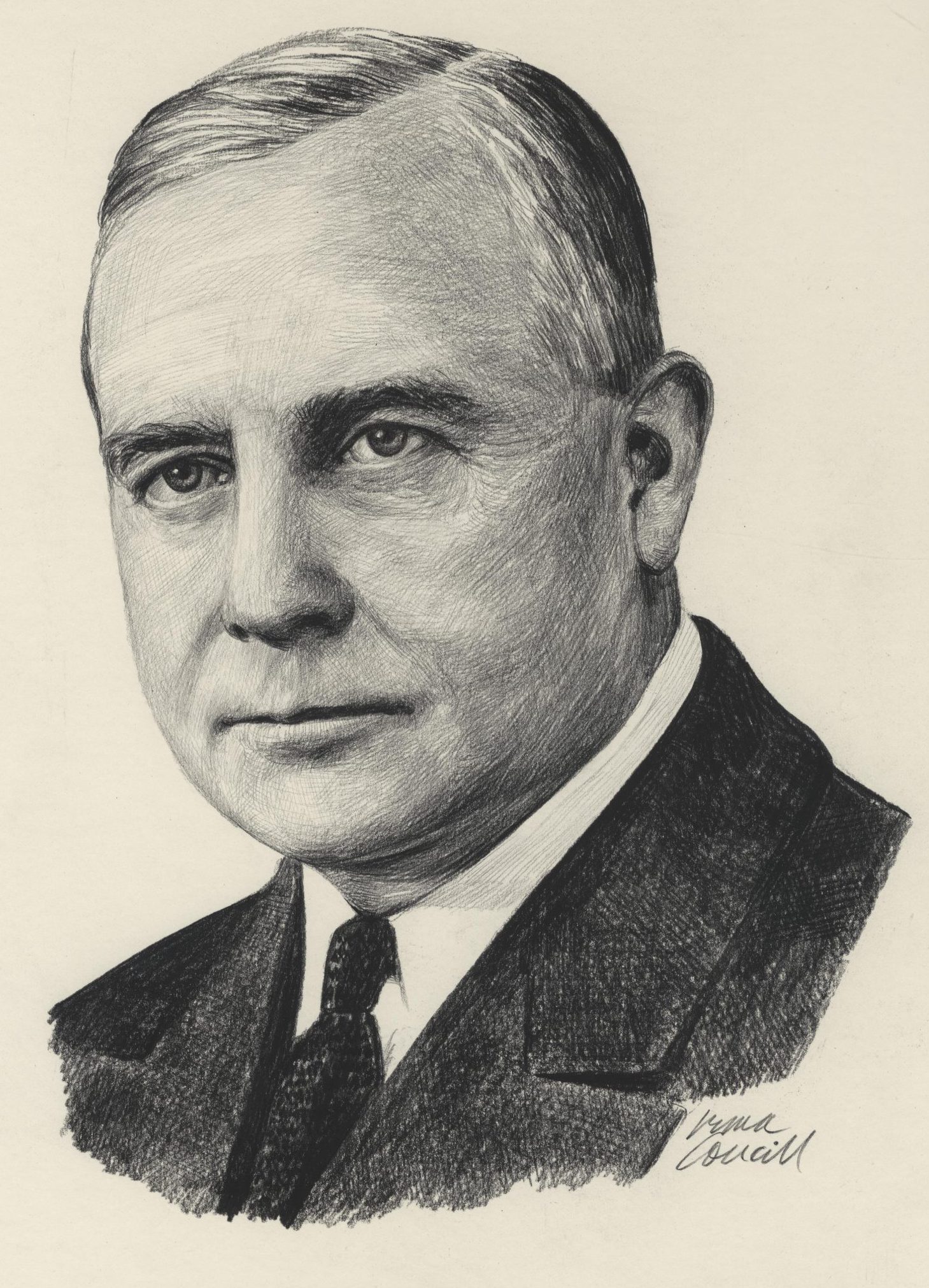
Nickname: Casey
Birth Date: January 2, 1882
Birth Place: Toronto, Ontario
Death Date: August 7, 1948
Year Inducted: 1974
Awards: DEng (Hon)
The dedication of his engineering talents to the development of manned flight was a prime factor in the birth of the North American aviation industry and has proven to be of outstanding benefit to Canadian aviation
Early Aviation Influences
Frederick Walker 'Casey' Baldwin was born in Toronto, Ontario on January 2, 1882. He was educated at Ridley College, St. Catharines, Ontario, and at the University of Toronto, where he completed the Mechanical and Electrical Engineering course in 1906. At the age of sixteen, prior to entering university, he shipped as a deck-hand on a sailing vessel across the Atlantic Ocean.
As a university undergraduate he served in the original Second Field Company of Canadian Engineers, and during his university days met John Alexander Douglas McCurdy. After graduation, he completed a summer session at Cornell University in Ithaca, New York, then visited Alexander Graham Bell at Baddeck, Nova Scotia, where he became interested in the study of aeronautics.
The Aerial Experiment Association (AEA)
In 1907, Baldwin became a founding member of the Aerial Experiment Association (AEA) with Bell, McCurdy and two Americans, Glenn H Curtiss, a well-known engine builder and pioneer airman from Hammondsport, New York, and Lieutenant Thomas Selfridge, of the US Army. They continued Bell's experiments with kites, then progressed to powered flight. For these experiments, they moved their operations to Curtiss' workshop at Hammondsport.
As chief engineer of the enterprise, Baldwin worked on the design and construction of their first aircraft, the Bell-conceived Red Wing, a biplane powered by a 40-hp Curtiss engine. He became the first British subject to pilot a heavier-than-air machine when he flew it at Hammonsport on March 12, 1908. The second flight ended in a crash which destroyed the aircraft. Several more aircraft were built there, each incorporating new improvements in aeronautics which had been carefully thought out and tested.
Inventions For Flight
Baldwin and Bell pioneered the use of ailerons which they invented in 1908. They also used a three-wheel or tricycle undercarriage on their later experimental models. These features enabled a greater maneuverability of the airplane both in the air and on the ground. Rapid advances in flight technology were now possible.
In May 1908, Baldwin made the first flight in a new AEA machine, the White Wing, the first to use wing-tip ailerons and wheeled landing gear. The third airplane built by this group was the June Bug Curtiss was the lead designer and first to fly it. They produced their fourth plane at this time, the Silver Dart, primarily designed by McCurdy. On December 6, 1908, McCurdy test flew the Silver Dart at Hammondsport.
Coming to Canada
Bell wanted one of the planes to fly in Canada so he shipped the Silver Dart to Nova Scotia in Hanuary 1909. The group's flying activities moved back to Baddeck, on Cape Breton Island, where Bell had an estate. There, McCurdy flew the Silver Dart on February 23, 1909. This was Canada's (as well as the British Empire's) first powered airplane flight.
McCurdy also piloted the Silver Dart at Camp Petawawa, Ontario, on August 2, 1909, on demonstration flights for the Canadian Army. Baldwin joined McCurdy for rides, becoming the first Canadian passenger in an airplane.
In 1909 Baldwin and McCurdy formed the Canadian Aerodrome Company at Baddeck, and constructed two more aircraft, Baddeck I and Baddeck II, both of which flew successfully. On August 12, 1909, Baldwin and McCurdy demonstrated their own machine, Baddeck I, at Camp Petawawa, the first flight of a Canadian-built, powered airplane. In 1909, the year the ARA was disbanded, Baldwin became manager of the Graham Bell Laboratories and remained in that position until 1932, after discontinuing flying in 1911.
Graham Bell Laboratories
During his term as manager of the laboratories, Baldwin concentrated on the study of hydrofoils, and became internationally recognized for his development of devices used in aerial and naval warfare. In 1920 he became a partner in Bell-Baldwin Hydrofoils Limited at Baddeck and during this period developed methods of transmitting sound through water for navigational purposes. In 1954, a naval craft employing the hydrofoil principle, perfected by him after its conception by Bell, was christened the KC-B (Casey B).
Baldwin became interested in politics, and in 1933 was elected top the Nova Scotia Legislature for the riding of Victoria. In 1947 he became president of the Nova Scotia Conservative Association.
Baldwin's inventive genius also foresaw high altitude air travel and the subsequent requirement for pressurized cabins, as well as the design and use of the variable pitch aircraft propellor. He passed away at Neareagh, Nova Scotia, on August 7, 1948.
Frederick Walker 'Casey' Baldwin was inducted as a Member of Canada's Aviation Hall of Fame in 1974 at a ceremony held in Edmonton, Alberta.
News Stories
To return to the Inductee Page, please click here.

